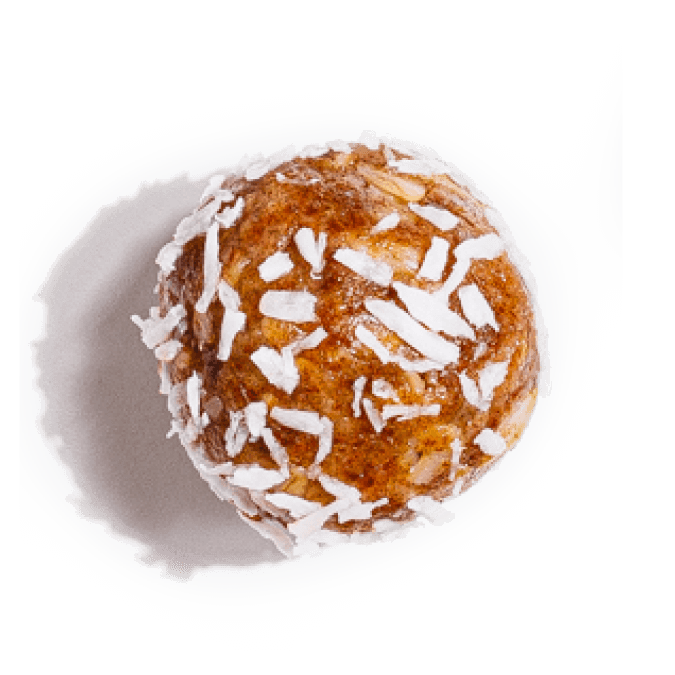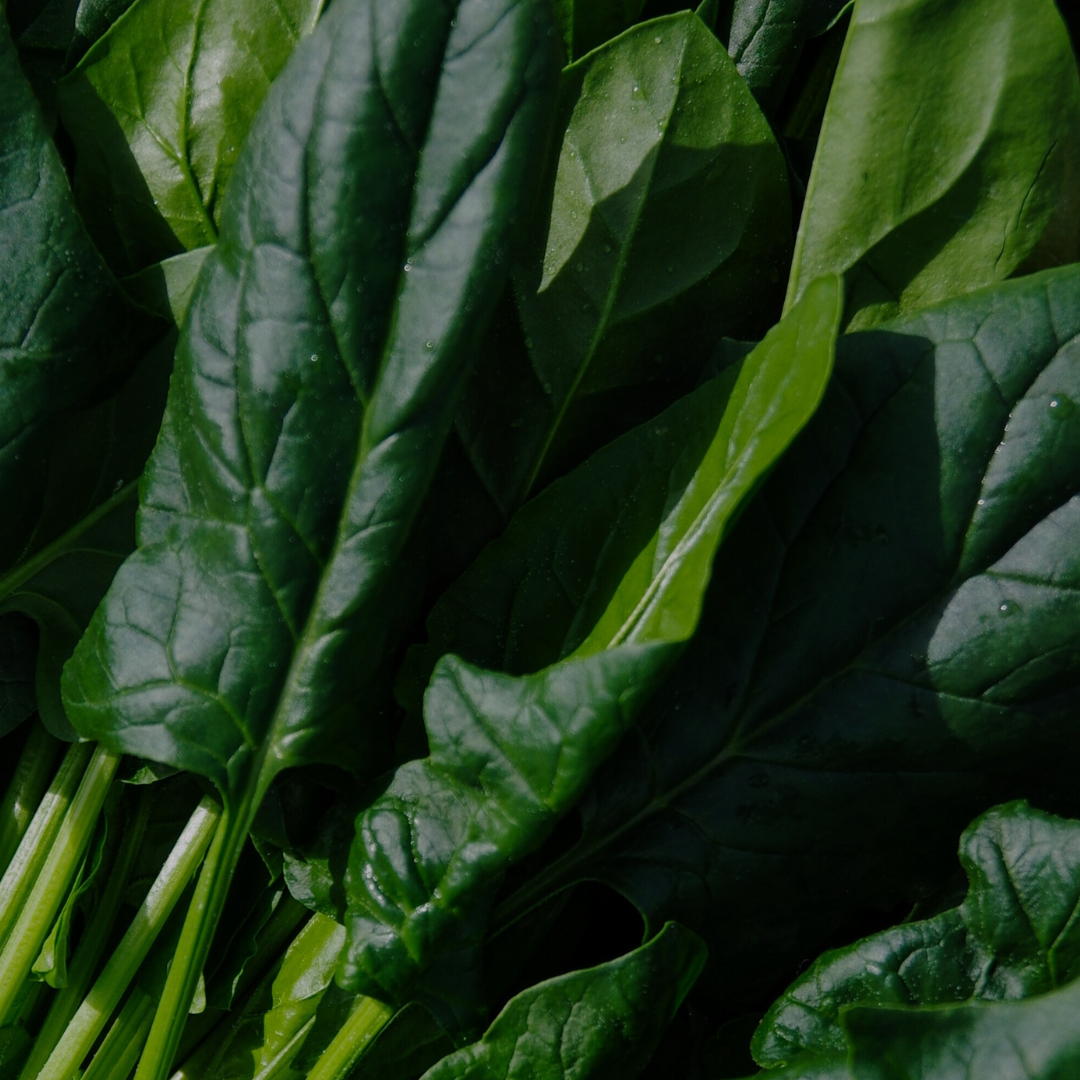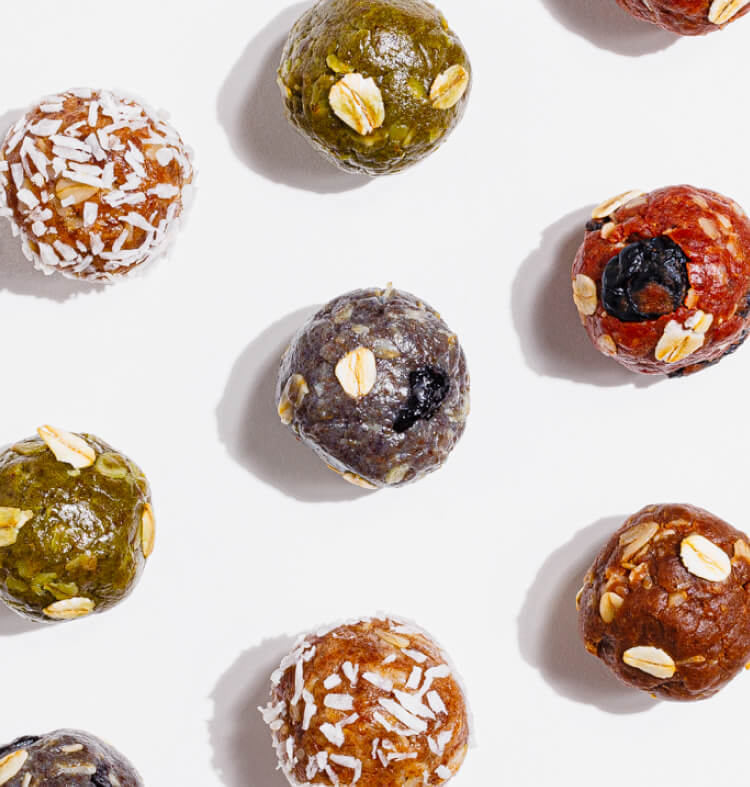By: Louise Gottsche
Am I producing enough? What is enough? What should I do to make sure that I produce enough? These are just some of the questions that all breastfeeding moms ask themselves at some point.
Your baby definitely needs enough milk to grow. Breast milk provides the ideal form of nutrition to infants as it contains all the nutrients for optimal growth and development.1The only evidence-based way you can increase breast milk volume is to feed or pump more frequently.2 As well as manage your stress levels, as stress may also affect volume.3
Breastmilk quality vs. breastmilk quantity
Galactogogues are food, food components or herbs thought to increase breast milk production. These include fenugreek, milk thistle, garlic and fennel.4 Research has shown that these do not increase breast milk quantity. So be careful mama!
Although you can’t do much to increase breastmilk volume, through your diet, you certainly can impact the quality of your breastmilk.5 Any nutrient deficiency will be carried forward via lactation. It is impossible for a nursing mom to transfer nutrients via breast milk she does not have.6 Optimizing dietary intake will optimize the nutrient benefits delivered to your baby.6 Key nutrients to be sure to include in your diet are omega 3 fatty acids and B Vitamins.6
Below we are sharing a few breastfeeding tips to help increase the quantity and quality of your breastmilk. You are doing a great job mama!
Breastfeeding tips from our experts
Breastmilk quality tips from Lactation Consultant Kate Ogilvie, IBCLC
- Minimum of 8-10 feeds per 24 hours in the first few weeks.
- The first 10-21 days are important to establish your milk supply so feeding frequency is key.
- Diaper output, weight gain, and baby's demeanor let you know if baby is getting enough at the breast.
- Look for feeding cues, catching baby before he/she is crying, to initiate a feed.
- Pump for 20 min for any missed feeds to maintain your milk supply.
Top 5 Breast Milk Quality Tips from Dietician Rachelle Mallik, MA, RDN
- Eat Regularly throughout the day → breakfast, lunch, dinner + 2-3 snacks
- Keep ready-to-eat snacks on hand, especially ones you can eat with one hand!
- Buy “processed food’ such as chopped veggies to make meal prep easier.
- Choose nutrient and energy-dense foods to meet the increased needs for breastfeeding.
- Focus on eating a variety of food instead of dieting to support your recovery and optimize breast milk quality.
References
- Hennet, T. and Borsig, L. 2016. Breastfed at Tiffany’s. Trends in Biochemical Sciences, 41 (6): 508-518.
- WebMD. 2020. How to increase your milk supply. [Online] Available at: Tips for Increasing Your Milk Supply (webmd.com) [Accessed 1 July 2021].
- Shukri, N.H.M.; Wells, J.C.K.; Fewtrell, M. 2018. The effectiveness of interventions using relaxation therapy to improve breastfeeding outcomes: A systematic review. Matern Child Nutr.14:e12563.
- Bazzano, A.N.; Hofer, R.; Thibeau, S.; Gillispie, V.; Jacobs, M.; Theall, K.P. 2016. A Review of herbal and pharmaceutical galactagogues for breast-feeding. Ochsner Journal 16:511–524.
- Innis, S.M. 2014. Impact of maternal diet on human milk composition and neurological development of infants. Am J Clin Nutr. 99(3):734S-41S.
- Erick. M. 2018. Breast milk is conditionally perfect. Med Hypotheses. 111:82-89.







